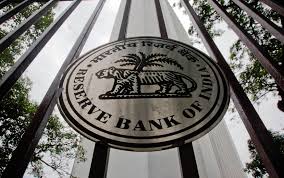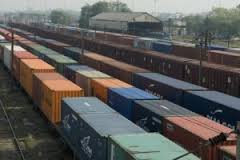
Peter Chang, Regional Head (South Asia) of ASUS and Country Manager (ASUS India), at the opening ceremony of India’s first exclusive Republic of Gamers (ROG) store in Kolkata, on Friday Ashoke Chakrabarty.
Taiwanese laptop and smartphone-maker Asus is looking to double its market share in mobile phones in India, by 2016. New offerings across various price brackets, along with premiumisation, is likely to give it the much-needed fillip.
Incidentally, India is amongst the top global markets for the smart-phone maker. The company started selling its smart-phones in the country in 2014.
Current strategy
According to Peter Chang, Regional Head (South Asia) and Country Manager (System Business Group), Asus India, the Rs. 10,000-15,000 price bracket will be its sweet spots, while new launches – scheduled August onwards – will also start competing across high-end segments, such as Rs. 20,000 and upwards.
Asus at present sells 2,00,000 smartphones per month, which it intends to double to 4,00,000 a month within December.
Its market share stands at 2.5 per cent; which will be pushed up to 5 per cent during this period. “Focus on the Rs. 10,000-15,000 range will continue and we will ramp up this portfolio. Asus will also compete strongly in the premium-end. This will give us the scope to double both our market share and sales (in India) within this year,” he told BusinessLine .
The products – launched across different price segments – are said to be “new generation devices” (with high-end specifications). At least four new smartphone models are set to be made available soon (as new generation devices).
Mid-range dominates
As per a report from analyst firm CyberMedia Research, 23.6 million smartphones were sold in the first three months (January-March) of this year. Of these, the higher price-band phones ( Rs. 10,000-15,000) were more popular than budget ones. This means most brands are pitching for mid-range phones as the market grows flat.
The average selling price (ASP) was Rs. 12,983 in the quarter, while it stood at Rs. 10,364 in Q1 last year, indicating a year-on-year rise.
“There is a change coming in the Indian market. Over a period of time it will mature with the average selling price going up,” Chang said. Asus’ ASP stands at around Rs. 11,000.
Growth in laptop sales
Interestingly, Asus is also betting on high-end offerings in the laptop PC segment to see through an overall slump in market conditions. The company is betting on high functionality and specification-heavy devices, targeting gamers.
The laptops targeting gamers are priced at a premium (because of their high specs) ranging between Rs. 70,000 and Rs. 200,000.
Asus launched its standalone store targeting gamers (one that focuses on selling these high spec devices) – Republic of Gamers – in Kolkata on Friday. It is looking to add four more stores across the country by the end of this year.
“Now the first device to connect to an Internet is not a laptop; it is a smartphone. So one has to judge the functionality (of a laptop) and how it will target end users. Gaming gives us a good opportunity which we are targeting,” Chang said.
Other competitors have also forayed into the segment where Asus claims to have a 30 per cent market share.
Sources say gaming in India accounts for just 1 per cent of the global market, with 2,000-3,000 such high-end devices being sold every month.
Source: http://www.thehindubusinessline.com/todays-paper/tp-info-tech/asus-betting-big-on-india-market/article8798772.ece
 JPMorgan Chase & Co today said it has received Reserve Bank’s approval to open three more branches in the country.
JPMorgan Chase & Co today said it has received Reserve Bank’s approval to open three more branches in the country.




